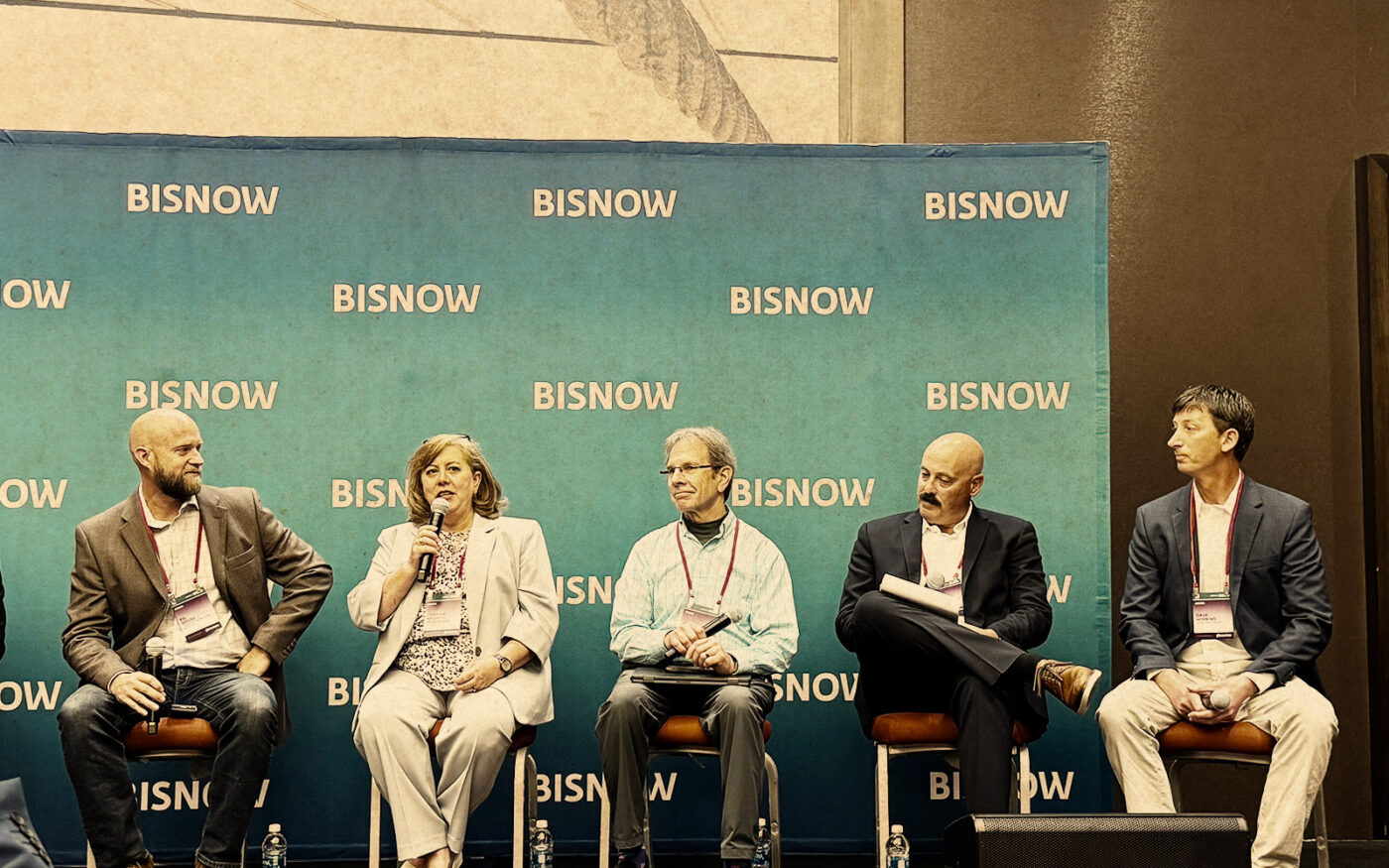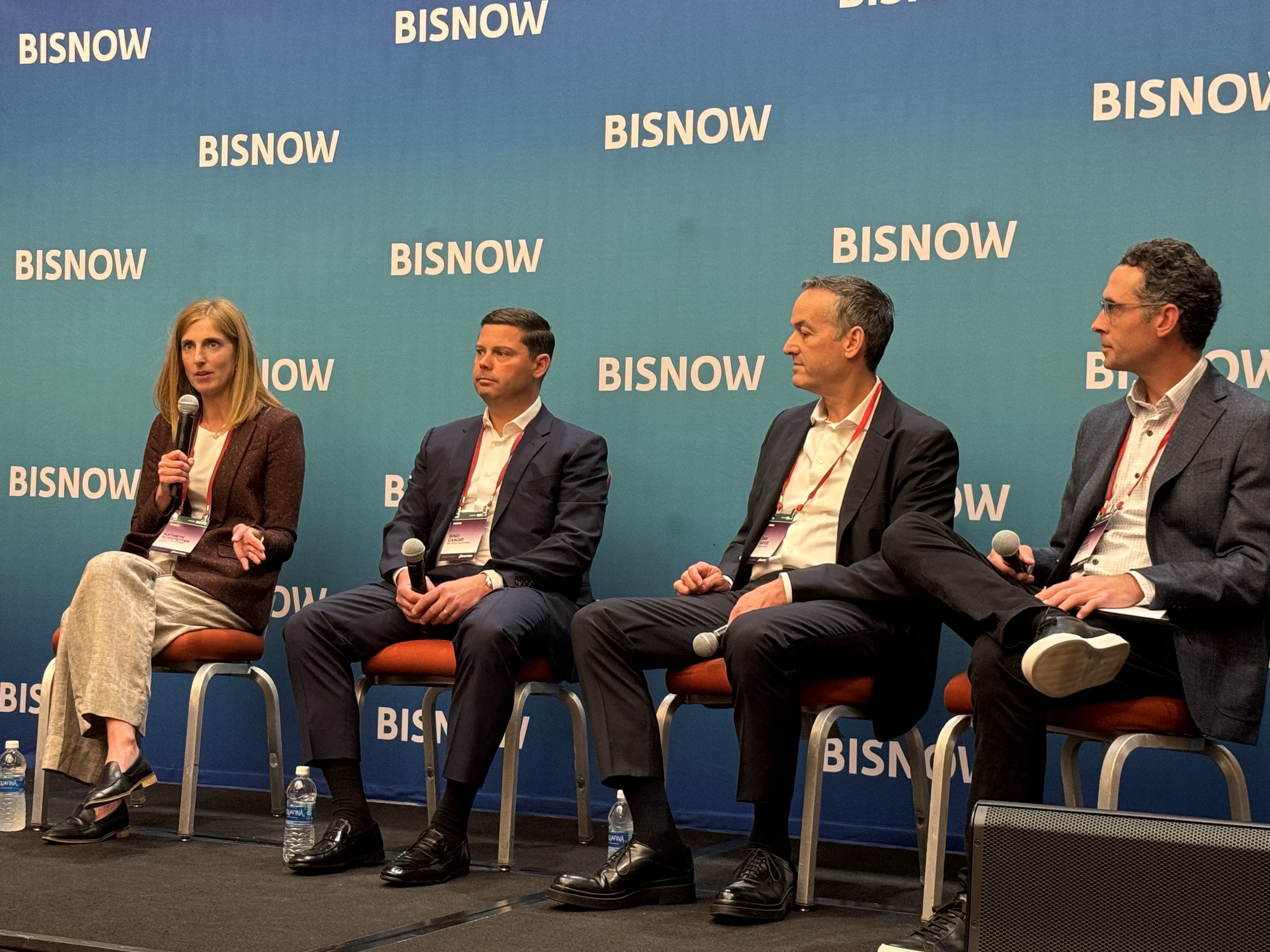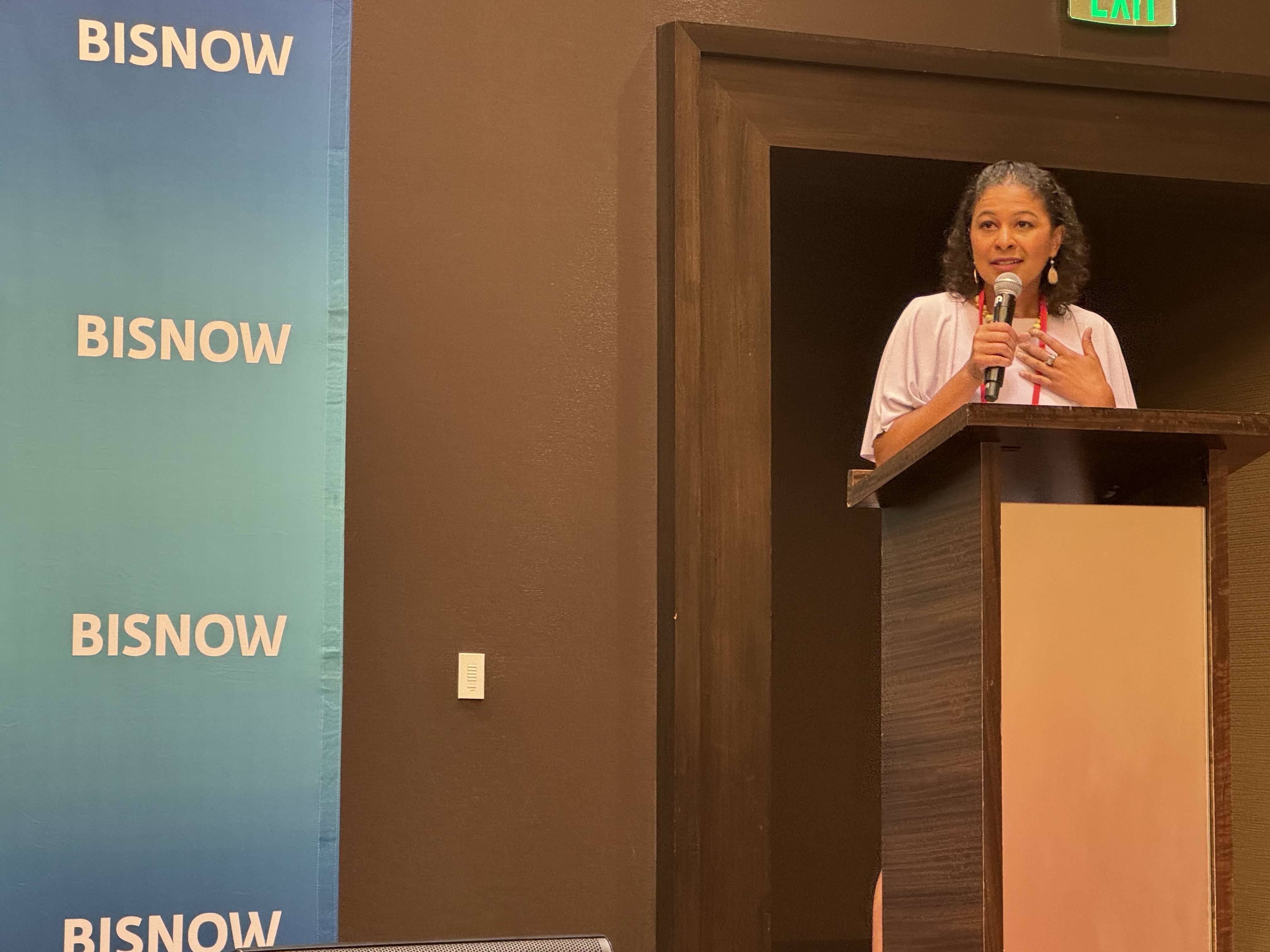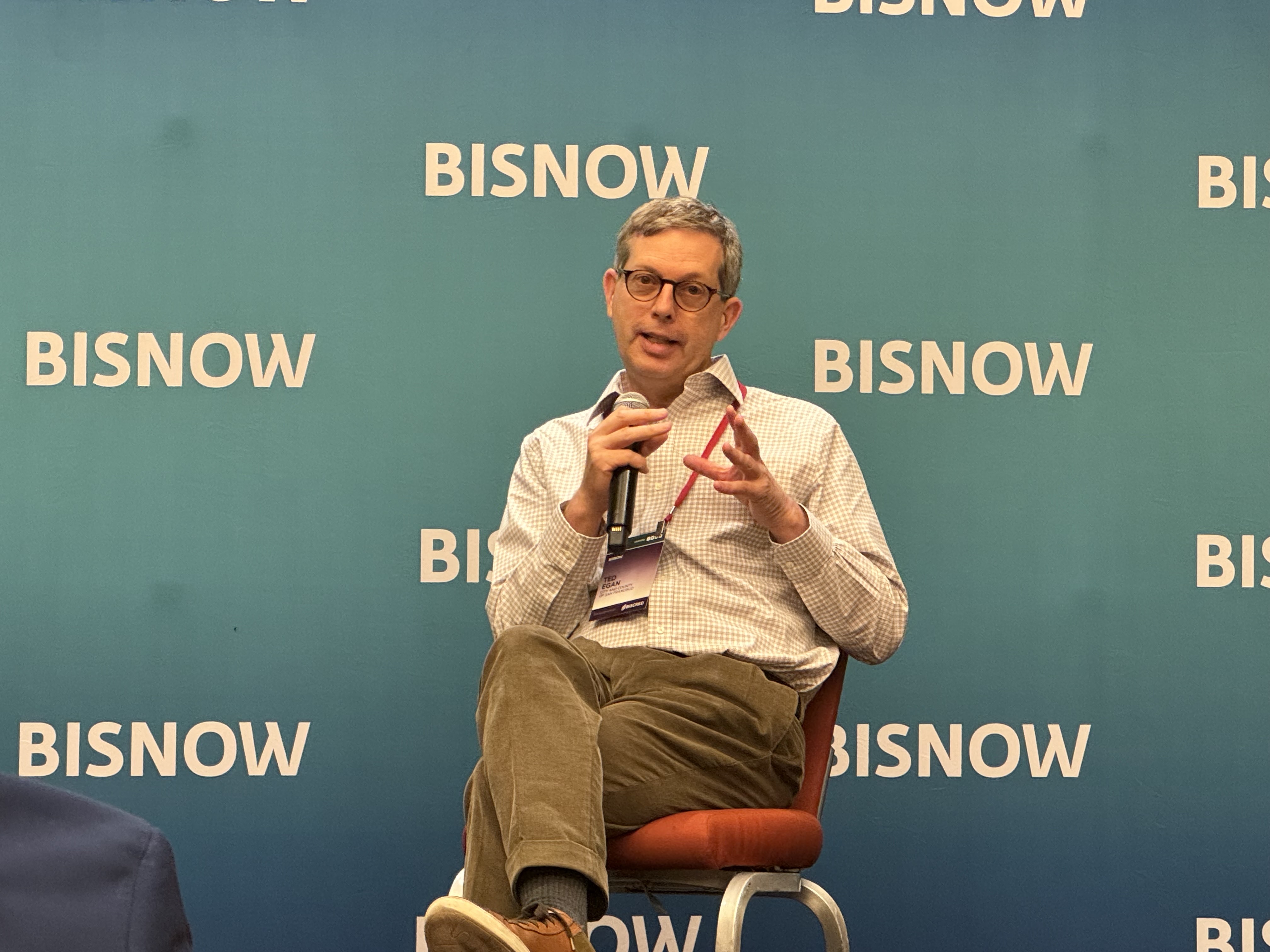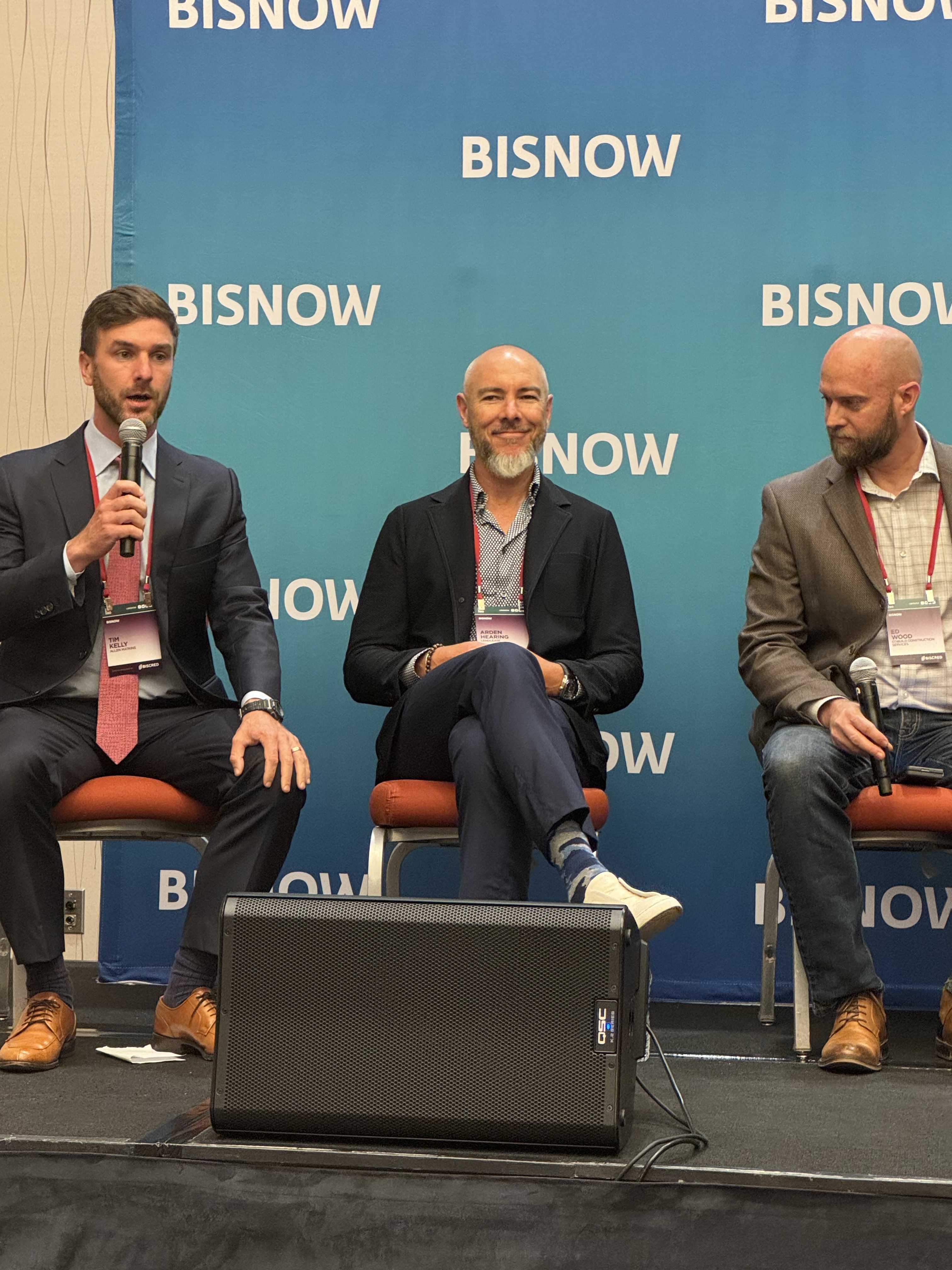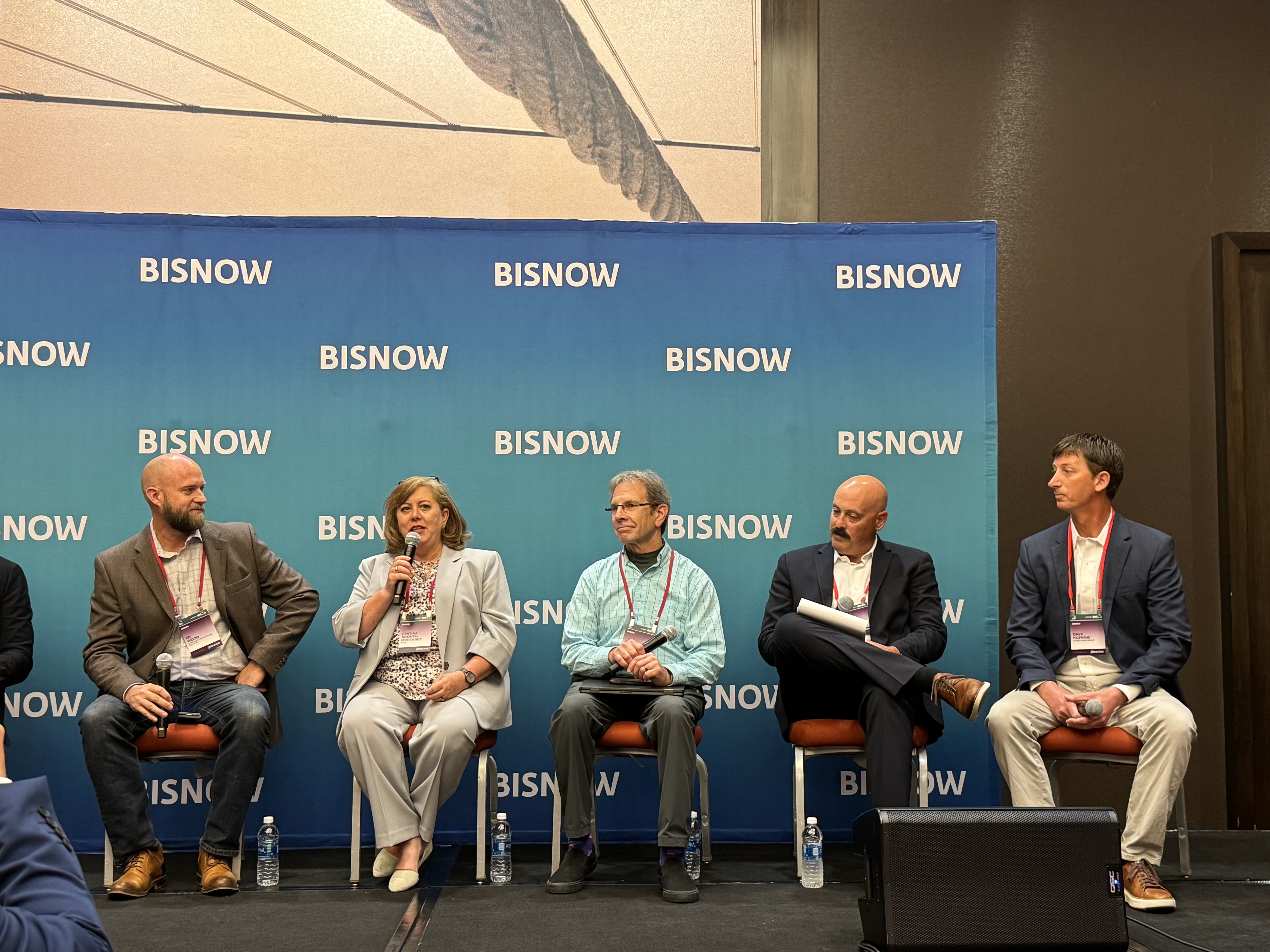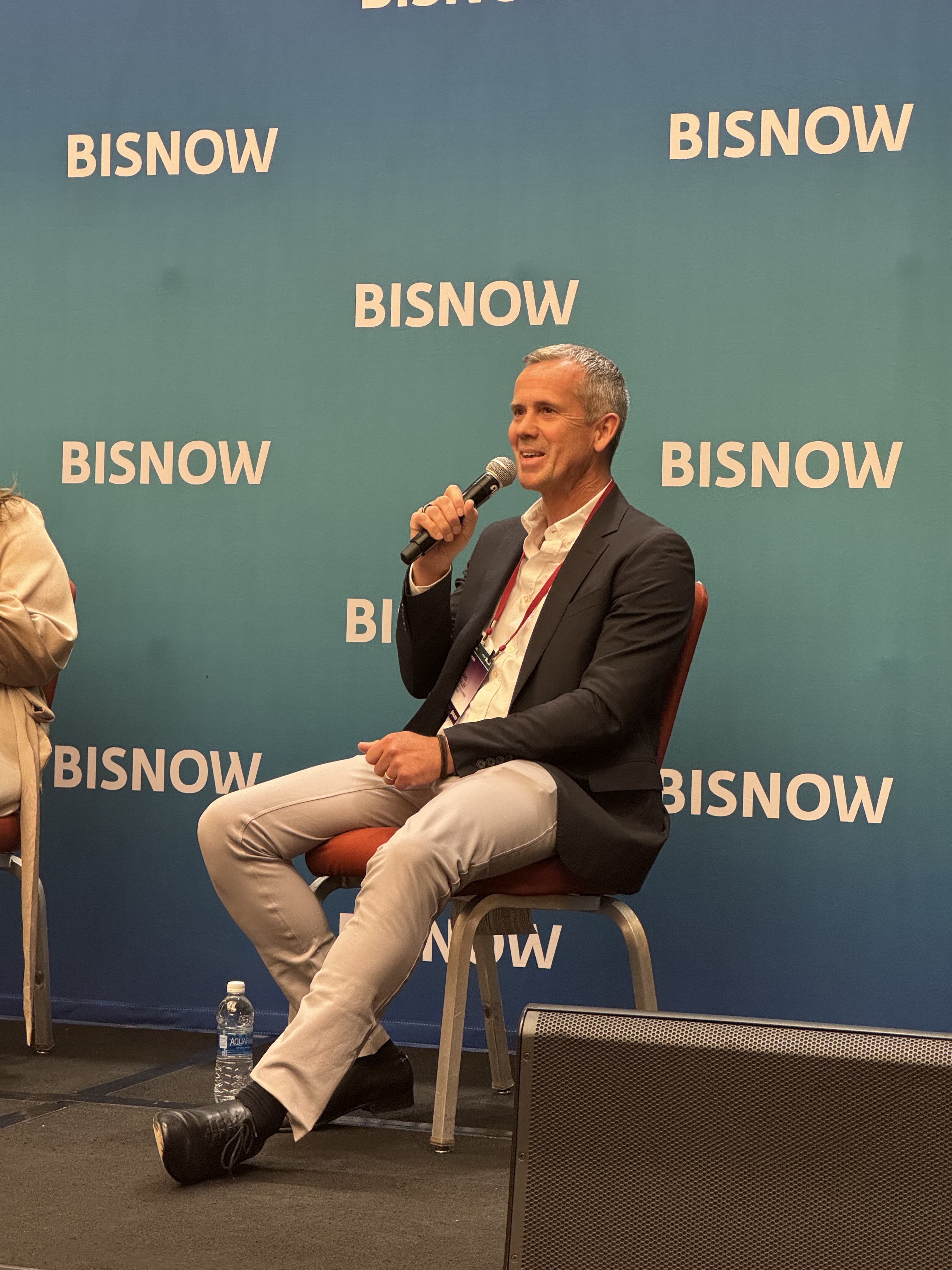San Francisco is more amenable to developers’ needs today than in decades, according to several major investor-operators at the Bisnow State of the City conference this week.
“Out of my entire career, I’ve never seen the city be as willing and as creative as they are right now,” said Dan Safier, CEO of Prado Group, speaking to a crowd of more than 200 attendees in a ballroom at the Grand Hyatt in Union Square.
Gino Canori, president of Related California, echoed Safier’s sentiments about the newfound cooperation between developers and the city, adding that beyond just spurring housing starts, city officials are looking to “create an environment that attracts business.”
“We’re in the second inning of that,” he said, indicating that the elections this year would be a powerful force. “We’re in a political cycle. They’re going to be needing to do more of that and leaning in.”
Several voices from within the city government also spoke about why developers were essential to promoting recovery.
“Our magical town”
Likening San Francisco to the spaghetti-soaked town in the children’s book “Cloudy With a Chance of Meatballs,” the city’s Director of Long-Range Planning Rachael Tanner said, “Things have gone a little haywire in the recent past and not all because of our own doing.” But she encouraged the audience to stick with “our magical town” and “make our own weather in this new terrain” rather than “setting sail for a different shore.”
Chief Economist Ted Egan spoke in less allegorical terms about challenges the city faces in the years ahead given the “one, two punch” to the city’s two biggest revenue streams — business and property taxes — brought on by remote work. At the same time, he said, the cost of providing services is only going up.
“It’s requiring ongoing budget adjustment,” he said. “It’s not like, ‘OK, we have a downturn, time to tighten your belt.’ It’s going to involve a rethink over several years about how our city’s budget works.”
Tanner referenced the city’s lowering of affordable housing requirements last summer as one example of how officials are trying to make development easier. But panelists made it clear that small fixes like that, while helpful, will not be enough to unblock the pipeline with construction costs, particularly labor, still so high and access to capital at terms that will pencil very limited.
Lowering fees and below-market requirements is just “nipping around the edges,” said Lendlease Development Manager for the Western U.S. Arden Hearing. What he wants to see is “disruption on the cost side,” including “questioning union labor” and “getting creative with modular technology.”
With the city and developers on better terms, much of the frustration at the conference was directed towards PG&E, with delays related to power connections mentioned several times as an issue for the panelists’ projects.
“Their infrastructure needs to be updated,” said Cynthia Nesmith-Montanez, senior director for Northern California for construction management firm MGAC. “You’re not getting permanent power because they’ve got 500 excuses. I’m in a fight with them right now, and a big-ass fight.”
As with working with the city, knowing who to talk to can be a big help, she added. After trying to get a simple switchgear installed since last summer, she said she had to elevate the issue to PG&E Bay Area Director Nina Bubnova, “which I really resent having to do, Nina is a lovely woman.”
Now instead of getting it “maybe next year,” she said, the two-week project should be done by the end of the month.
Project updates
In her introductory remarks, Tanner referenced the many projects “on ice” in the city, including the “giant hole in the ground at Market and Van Ness that I can see every day from my office window.”
As Lendlease is the owner of that giant hole, otherwise known as the paused $1-billion condo project Hayes Point, Hearing said, “We are working every day to bring Hayes Point back to life.”
The Australian company told regulators at the end of May that it would be closing its overseas construction divisions and looking to sell projects like the planned 47-story tower, which is its biggest U.S. investment.
“What you read is half true and half wrong and I’m not sure which half is which right now,” Hearing said, in regard to news of the U.S. exit.
Other developers also gave updates on some of their biggest San Francisco projects, including a “contrarian bet” from Related California on adding ultra luxury office to hotel/residential entitlements on a “very large block” in Jackson Square, Canori said.
“With corporations and companies going to a consolidation strategy, being where they want to be within the city, we think that’s a viable business plan in that particular neighborhood,” he said.
Kathryn Hofstetter, senior vice president at Strada Investment Group, said that her company was responsible for the “one lonely crane” in China Basin near Highway 80. Its 555 Bryant Street apartment project should wrap up construction next year, she said, where she hopes it will be met by increased rental demand.
“We are starting to see green shoots as far as rent growth and population growth, although kind of minor, but we think that those will continue to improve and then the market fundamentals will be even better when we do deliver next year,” she said.
Forge Development Partners’ CIO Chris Fraley said its closely-watched office-to-residential conversion of the Humboldt Bank Building on Market Street is a case in point for picking the right conversion property, as it requires minimal structural changes.
“The floor plates are perfect. The window lines are perfect. The systems are not perfect, but close enough,” he said.
Getting back to the theme of the day, he added that the city “did everything they could to help us,” which was a major change from projects in the past.
“After taking 40 years to entitle 450 O’Farrell Street, it was a real pleasure to see how the city could actually work,” he said.
Read more



